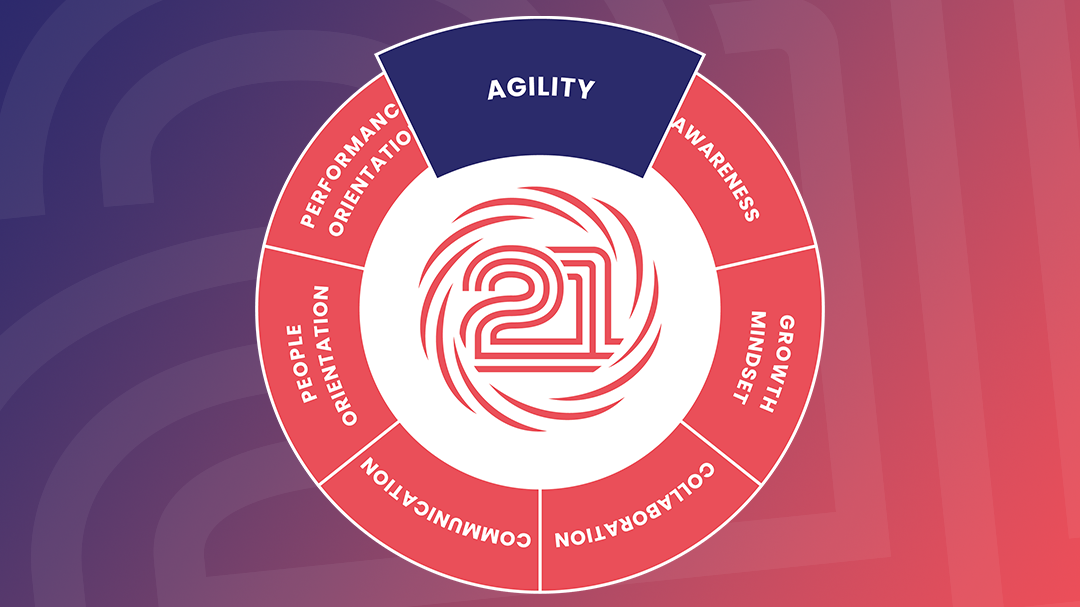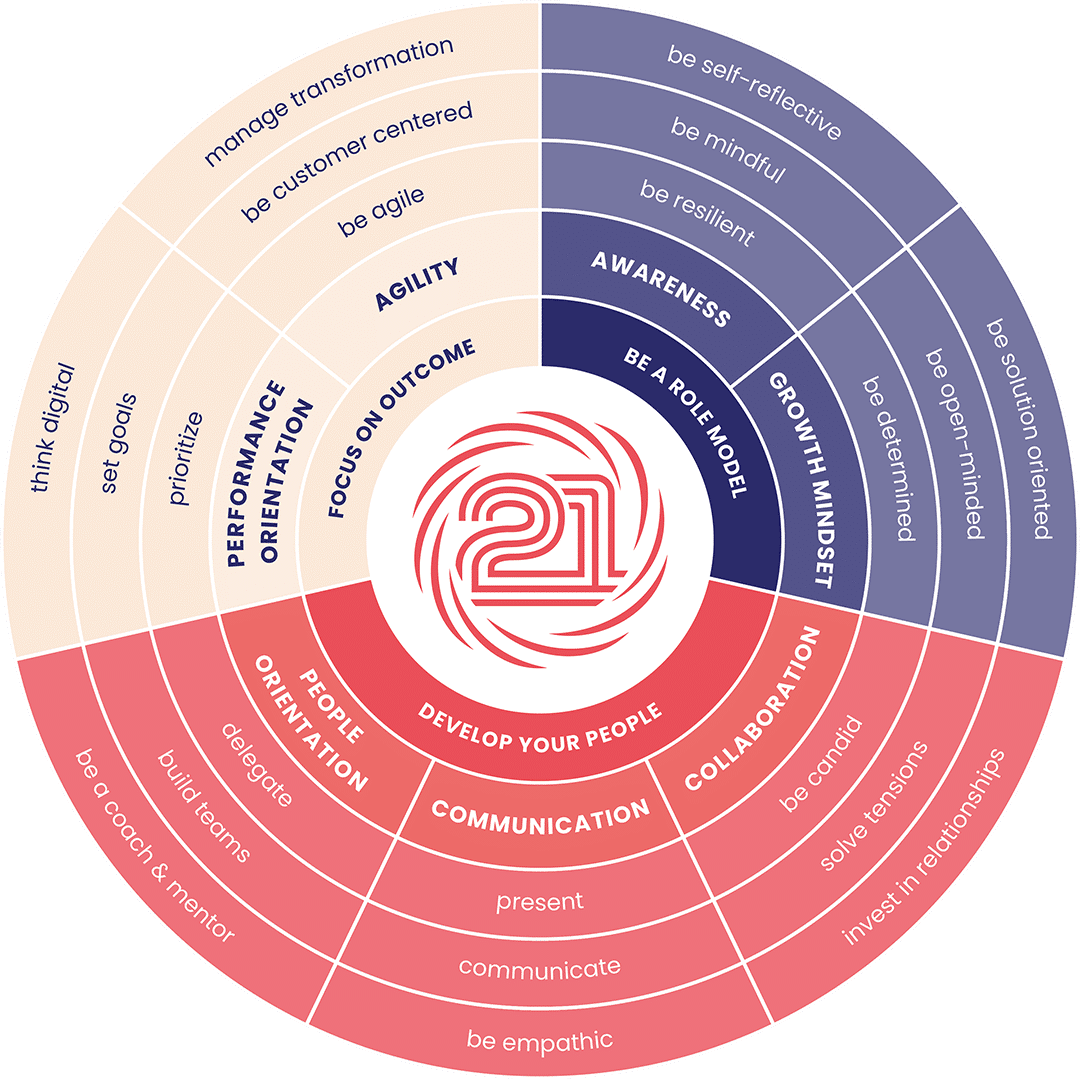Welcome to Agility!
For us, agility is more than just a buzzword: it is your competence to deal with change, to manage it successfully and to act in a customer-centric way. A skill that teams and companies need today more than ever, as the Greek philosopher Heraclitus already knew: “The only constant is change.”
What we mean by competencies and skills in our 21st Century Skill Model, you can read here.
The miracle cure for constant change
Many people think of agility as a dog sport. Although we are not talking about dogs, agility in a business context also involves overcoming a wide variety of obstacles and sudden changes of direction. Agility is the competence that enables companies to face permanent change and to keep pace in a solution-oriented manner. It is also the ability to adapt to changing customer needs and make profits in a dynamic, competitive environment.
So it will not surprise you that, according to various studies, agile companies are on average 2.7 times more successful than their non-agile competitors. So what does it take to become agile? To achieve the competence “agility” you need the following skills: “manage transformation”, “be customer centered” and, of course, “be agile”. These are exactly the skills we present to you here:
The 3 skills for your agility
“be agile”
Duh! The competence is called agility. But agility is much more than just saying that every project will be agile from tomorrow on. Being agile requires a change in the way you think and act. It is a question of your own mindset. Only if companies manage to use agile working methods is it possible that competitive and innovation pressure, dynamics, complexity and uncertainty due to globalization and digitalization no longer be a problem in the future.
“be customer centered”
However, agility does not only refer to internal activities, but also to the interaction with customers. Customer centricity is one of the cornerstones of the agile mindset. To put customers where they belong – at the center – topics such as customer value, customer journey and customer experience are central. This skill makes it possible to react more quickly to changes in customer needs or, ideally, even to anticipate them.
“manage transformation”
Everything around us is in a state of flux and is constantly becoming faster, more unpredictable, maybe even a little more chaotic. This state is also summarized as the VUCA world (VUCA = volatility, uncertainty, complexity and ambiguity). New structures, new business models, new forms of collaboration – all these transformations need to be implemented consistently with plan and strategy. With the skill “manage change” all this becomes easier to handle.
When agile becomes more than a buzzword, it can be a real miracle cure: Agile thinking and agile approaches help not only you, but also your team or the entire company successfully deal with constant change.


